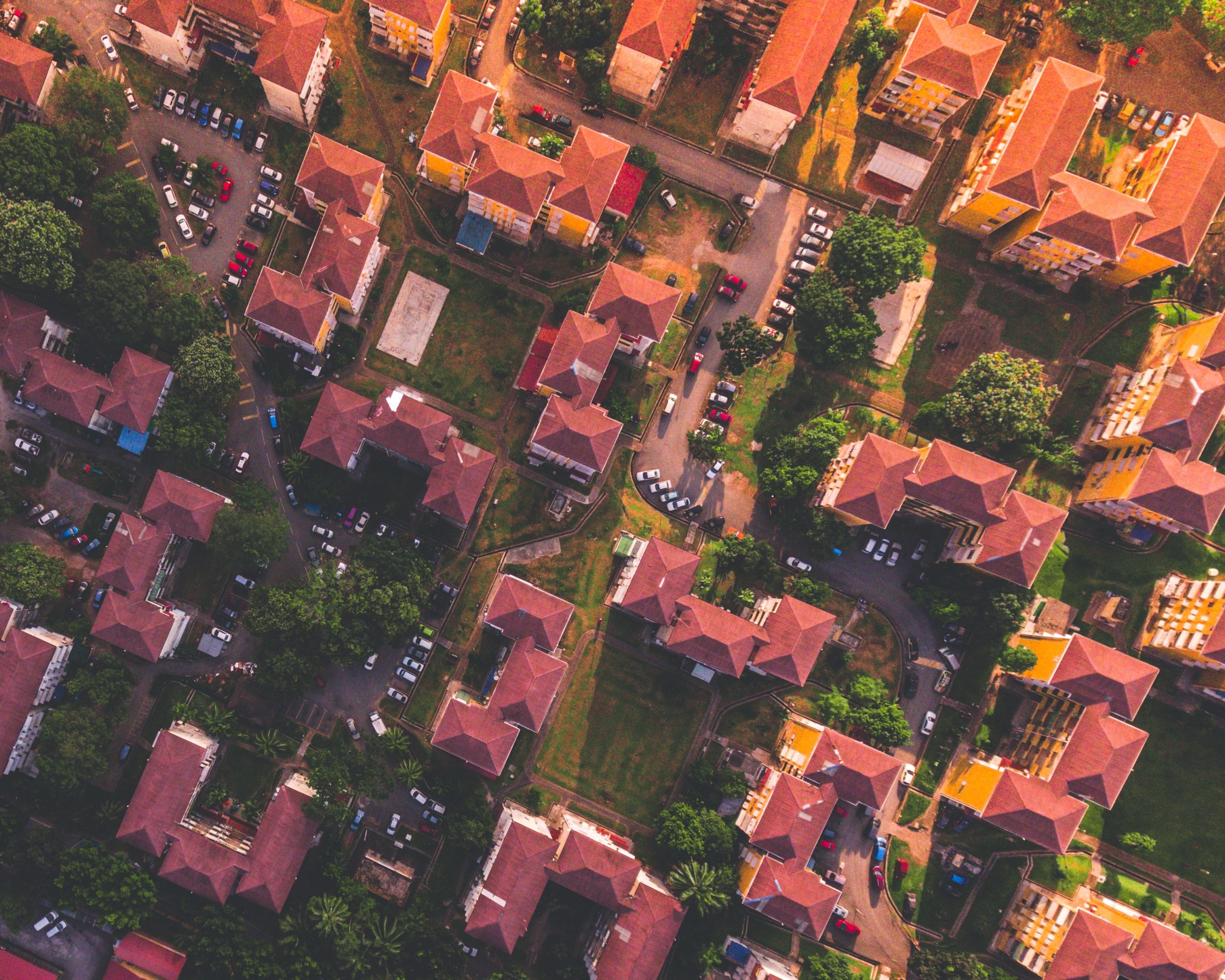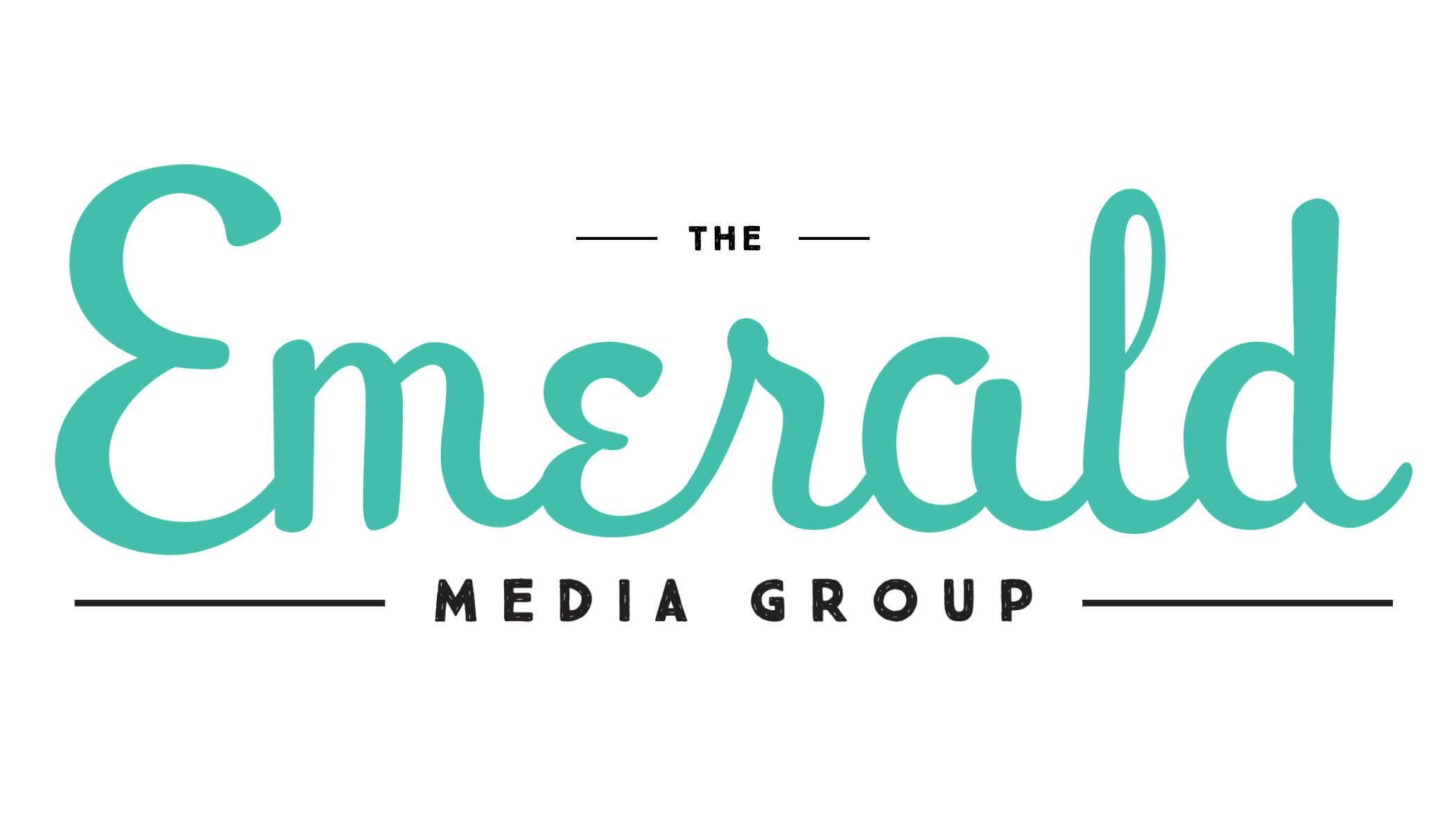
By Shantell Dasilva
In the 1930s, the United States government created a program in order to sustain segregation in the housing market all while boosting the market for the white middle class. Banks and loan companies used a map created by the Home Owners’ Loan Corporation (HOLC). The map was color coded, and districts of each city were put into four categories: green — most desirable neighborhoods/white middle class, blue — predominantly white neighborhoods (not as affluent), yellow — “declining” neighborhoods, and red — “hazardous” neighborhoods/predominantly BIPOC.
This map was ultimately used to “redline” Black and Brown bodies living in lower-income neighborhoods, deeming them undesirable. As a result, banks and loaners were advised to deny loans to those living in yellow or red districts, while those that lived in green and blue districts were practically guaranteed loans regardless of any hiccups.
Although the program has been inactive for decades, the aftermath remains significant today.
In fact, according to the Pew Research Center, on average white families make 10 times more than Black families and eight times that of Hispanic families.
Additionally, the Federal Reserve conducted a study on racial wealth inequalities which confirmed that “white families had the highest level of both median and mean family wealth: $171,000 and $933,700 respectively.” Yet, Black families make $17,600 and $138,200 respectively.
While these trends may not seem to be linked to redlining from decades ago, they are indeed interconnected. When looking at a map of redlining from New York City, districts marked green in the 30s remain some of the wealthiest areas to live in today.

For instance, in Bay Ridge, Brooklyn, an area marked green on the HOLC map, remains one of the safest and wealthiest neighborhoods and does not have any public housing available for its residents.
On the other hand, according to the Furman Research Center, Bedford Stuyvesant (which was marked red on the HOLC maps) is home to 17.1% of housing projects in New York City. The public housing projects in NYC are also over 90% Black and Hispanic.
Black and Brown bodies continue to be targeted by the government and are denied access to better education, health care, food, housing, parks, etc. The cycle must be broken.



Leave a Reply